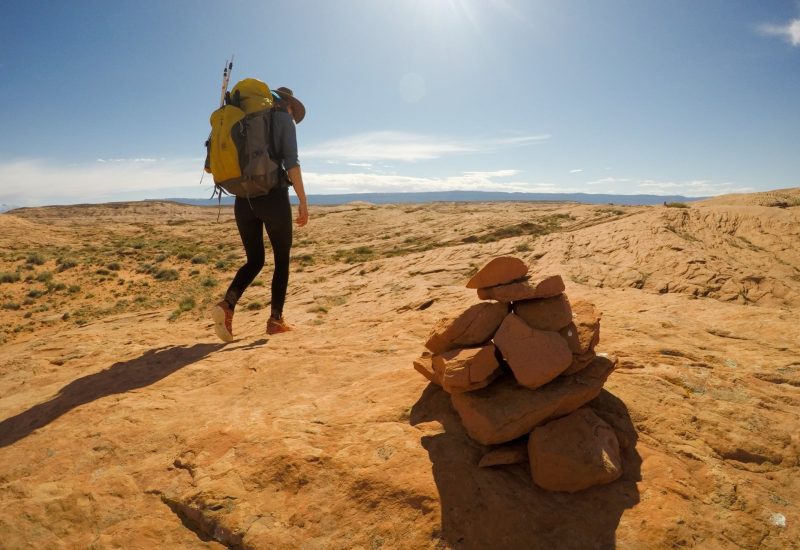
Rock Cairns - What Are They?
And why are they important? Generally, rock cairns are built to help hikers navigate less-defined trails. Unfortunately, those without this knowledge sometimes will build their own, or damage established ones and confuse the path.
Trail markers differ globally and then even territorially, but rock cairns are found all over North American hiking trails.
History
Travelers throughout history have used common, unchanging way points to guide them and direct others, and rocks as one of the heaviest and sustainable natural items you can come across have been used for centuries of human travel. They’re certainly a lot more reliable than a trail of breadcrumbs. Sailors would even use stone mounds before lighthouses were common in order to support navigation. And stone piles are still used for route-marking in the Andes, Tibet, and Mongolia. Travelers in these areas are likely to come across these stone markers that are positively ancient.
Cairns also have non-navigational uses even today, they’ve been used as burial monuments, for defensive or ceremonial purposes, or even to hide caches of food.

What They Are Used For, and Not
Rock cairns are:
- Navigation markers
- Mark safe paths
- Marking trails that avoid disturbing the natural environment
- Avoid the need for expensive or unnatural signs
Rock cairns are not:
- Aesthetic pieces
- An invitation for a competition for who can make a taller pile
- Seats for resting or eating
- Hiding gear, emergency or otherwise
Who Builds Them?
Often, cairns are built by park rangers, trail maintenance personnel, or trail creators. If that doesn’t apply to you, you shouldn’t be making one! Consider rock cairns part of Leave No Trace, they’re part of the natural environment and shouldn’t be messed with.
If I still haven’t convinced you not to touch rock cairns out of politeness, you should know that disrupting nature in National Parks is illegal, and rock cairns are considered part of the natural environment. While enforcement of this law can be rare, imagine if every person who visited a national park built their own rock cairn, how confusing would that be?!
So leave rock cairns alone, don’t disrupt nature, and know that if you get turned around these formations can help you stay on the proper trail!
